How ERP Software Solves Wholesale Distribution Issues
The wholesale distribution industry plays a key role in the movement of products from manufacturers to retailers and end customers. But behind the scenes, distributors often face a range of complex challenges that affect everything from inventory accuracy to customer satisfaction. If not handled properly, these issues can slow down operations, reduce profits, and even damage a company’s reputation.
This is where wholesale distribution ERP software steps in. An ERP solution built specifically for wholesale businesses can streamline daily tasks, reduce human errors, and help decision-makers get real-time visibility into their business. In this blog, we’ll break down the most common challenges faced in wholesale distribution and how ERP systems like Finac ERP provide practical solutions.
Inaccurate Inventory Tracking
One of the biggest struggles in wholesale distribution is maintaining accurate inventory records. Products may come in and go out quickly, and without a proper system, it’s easy to lose track of what’s available. Many distributors still rely on spreadsheets or disconnected software, which leads to mistakes like overstocking or running out of essential items.
Finac ERP helps solve this problem by giving a real-time view of your stock. Every time a product is received, sold, or transferred, the system updates automatically. This means no manual entries, no duplicate data, and no guessing. Over time, this accuracy improves purchasing, reduces storage costs, and keeps your customers happy with better order fulfillment.
Complex Supply Chain Coordination
Wholesale businesses often work with several suppliers, transporters, and clients at once. Managing all these moving parts can become a headache. A delay from one vendor or a wrong shipment can create a chain reaction that affects the entire supply chain.
An ERP system centralizes all this information. With wholesale distribution ERP software, you can monitor supplier performance, track deliveries, and see where delays are happening. You can also set reorder levels so that you’re alerted before stock runs low. This allows for better planning and more predictable operations.
Pricing and Discount Confusion
Many wholesalers offer different pricing for different customers. Some clients get bulk discounts, others might have special rates based on long-term agreements. Managing these pricing structures manually can lead to serious errors.
With an ERP like Finac, custom pricing and discounts are handled with rules that you set once. The system applies the right price automatically, reducing confusion and improving customer trust. Plus, you can easily track which pricing models are working and which ones need changes.
Manual Data Entry and Errors
Manual work is slow, and mistakes are common when employees enter data across multiple systems. This can cause everything from accounting mismatches to wrong delivery addresses. These small errors often lead to big costs in the long run.
Finac ERP removes the need for repeated data entry by connecting your departments. Information entered in sales is instantly available to the finance and warehouse teams. This not only saves time but also improves data accuracy across your business.
Delayed Order Fulfillment
Customers today expect fast and accurate deliveries. If your business has to manually match orders with inventory, check credit limits, and print delivery notes, the entire process gets delayed.
A wholesale ERP system speeds up fulfillment by automating these steps. With Finac ERP, once a sales order is created, it checks the inventory, approves the order based on customer credit limits, and sends the picking slip to the warehouse—all within seconds. Faster order processing means more satisfied customers.
Lack of Visibility Into Business Performance
Many wholesale businesses run without clear data on profit margins, best-selling products, or customer behavior. This makes it hard to grow or even stay competitive.
Finac ERP includes built-in dashboards and reporting tools. Business owners can see detailed insights about sales trends, expenses, and cash flow in real-time. You don’t need to wait for end-of-month reports to know how your business is doing. You can make faster and more confident decisions with data at your fingertips.
Managing Multiple Locations
If your wholesale operation has more than one warehouse or retail outlet, tracking stock across locations becomes challenging. Without a centralized system, you risk sending the wrong items or making customers wait.
Wholesale distribution ERP software supports multi-location inventory management. You can view, transfer, and balance stock between warehouses based on demand. Finac ERP ensures that your team always knows what’s available and where, which improves delivery speed and reduces customer complaints.
Handling Returns and Damaged Goods
Returns and damaged items are part of every wholesale business. But without a proper system, these can be hard to track and refund. You may end up refunding more than you should or losing track of what was returned.
Finac ERP logs every return with reasons, conditions, and related invoices. This allows you to spot patterns, such as frequent returns from a particular supplier or recurring damage during shipping. Over time, these insights help you reduce losses and improve product quality control.
Financial Management and Compliance
Dealing with multiple invoices, delayed payments, and compliance with tax regulations can slow down the finance department. Manual bookkeeping increases the risk of errors and makes audits difficult.
A good ERP like Finac comes with integrated financial tools. You can manage payables, receivables, taxes, payroll, and budgeting in one system. The software ensures that all financial entries are recorded properly and helps your business stay compliant with local laws and audit requirements.
Sales and CRM Limitations
Sales reps often work with outdated customer data or miss follow-ups because of disconnected systems. This affects sales performance and lowers customer satisfaction.
Finac ERP connects sales and customer data so your team always has updated information. You can track previous orders, payment history, and communication in one place. This allows your team to give personalized service, which increases customer loyalty and repeat business.
Difficulties in Scaling Operations
As a wholesale business grows, its processes become more complex. What worked for a small team might fail when order volumes double or when you start offering new product lines.
Wholesale distribution ERP software like Finac is designed to grow with your business. You can add more users, automate more tasks, and expand to new locations without starting over. It adapts to your needs, helping your business scale smoothly.
Cybersecurity and Data Safety
As operations go digital, protecting your data becomes essential. Excel files stored on local computers or basic software without security features are easy targets for data loss or hacking.
Finac ERP offers secure cloud-based access with user-level permissions. You can control who sees what, back up your data automatically, and reduce the risk of theft or loss. This keeps your business information safe and always available, even if something goes wrong with your device or office setup.
Conclusion
Wholesale distribution involves more than just buying and selling goods. It’s a fast-moving business with tight margins and high customer expectations. The challenges are real, and if not addressed properly, they can limit your growth.
Finac ERP is built to meet the unique needs of wholesale businesses in Pakistan and beyond. It brings together inventory management, order processing, accounting, and customer relationships in one system. This saves time, reduces mistakes, and helps you focus on what matters most—growing your business.
If you’re looking for a solution that understands the local market, supports your operations end to end, and is easy to use, Finac ERP is ready to help. Take the next step and see how it can transform your wholesale distribution business today.
Contact Finac ERP now for a free demo and see the difference for yourself.


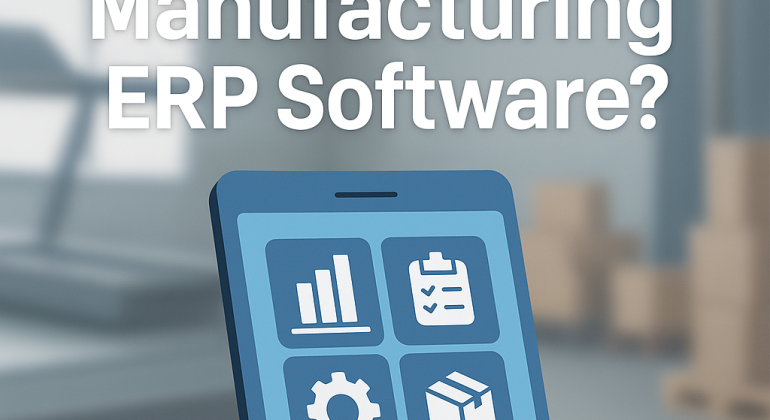
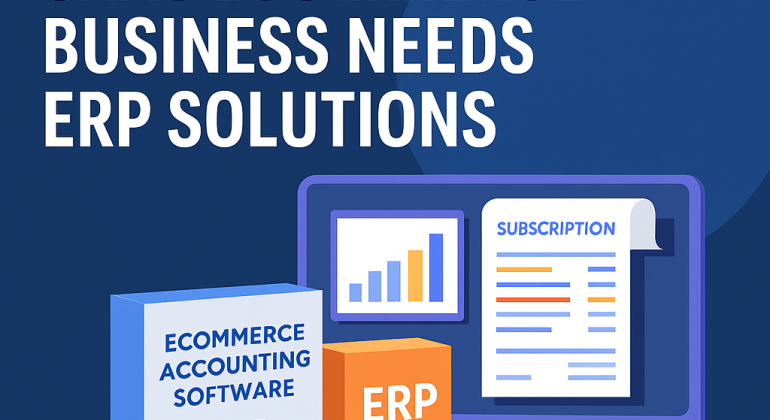
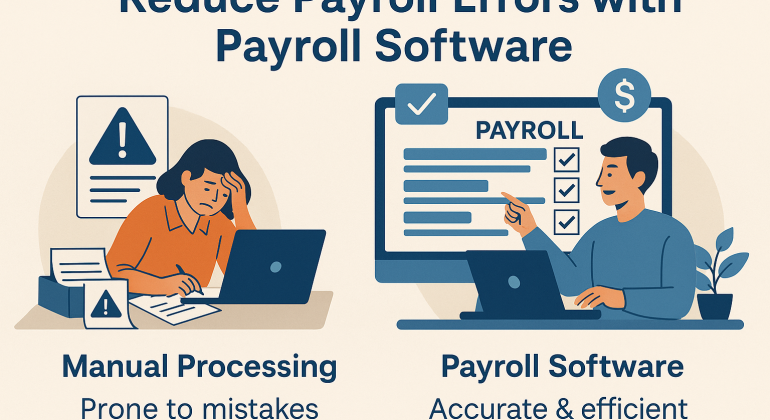
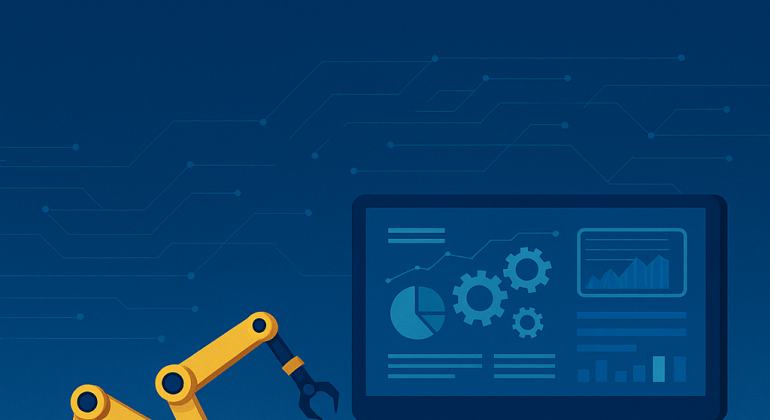


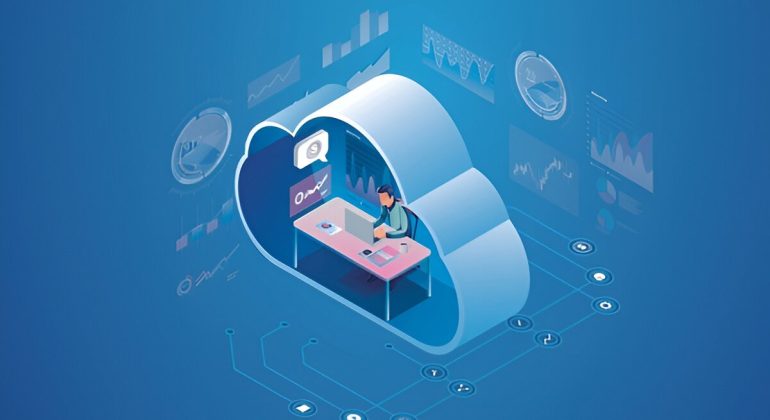

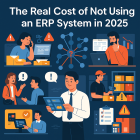
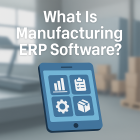
Recent Comments